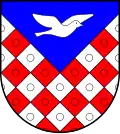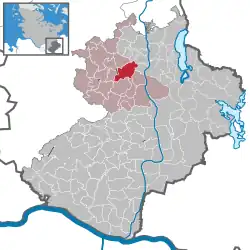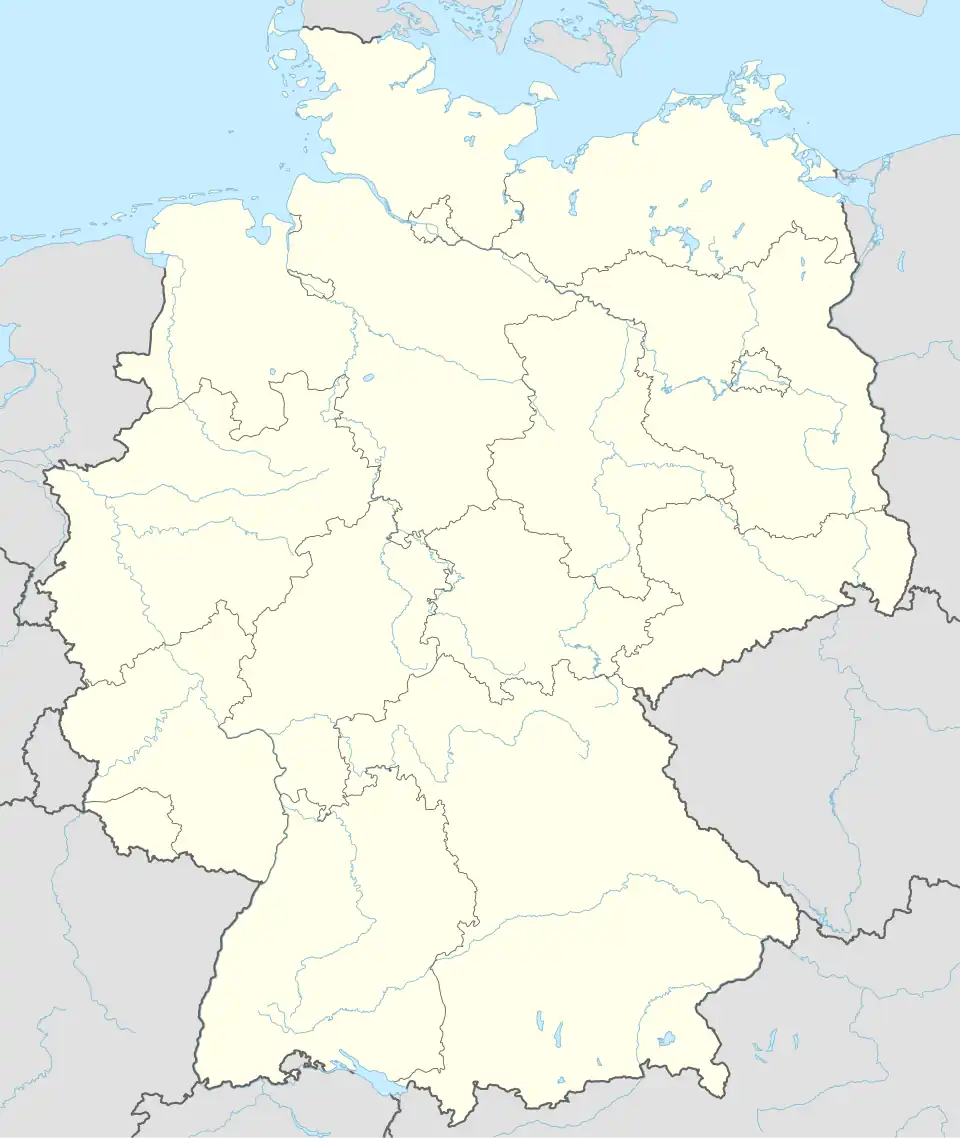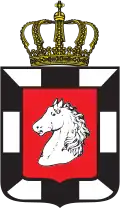Duvensee
Duvensee | |
|---|---|
 Flag  Coat of arms | |
Location of Duvensee within Herzogtum Lauenburg district  | |
 Duvensee  Duvensee | |
| Coordinates: 53°42′N 10°34′E / 53.700°N 10.567°E | |
| Country | Germany |
| State | Schleswig-Holstein |
| District | Herzogtum Lauenburg |
| Municipal assoc. | Sandesneben-Nusse |
| Government | |
| • Mayor | Hans-Peter Grell |
| Area | |
• Total | 12.4 km2 (4.8 sq mi) |
| Elevation | 43 m (141 ft) |
| Population (2023-12-31)[1] | |
• Total | 553 |
| • Density | 45/km2 (120/sq mi) |
| Time zone | UTC+01:00 (CET) |
| • Summer (DST) | UTC+02:00 (CEST) |
| Postal codes | 23898 |
| Dialling codes | 04543 |
| Vehicle registration | RZ |
| Website | www.amt-nusse.de |
Duvensee is a municipality in the district of Lauenburg, in Schleswig-Holstein, Germany. It is best known for its Mesolithic archaeologic sites located in the Duvensee Bog, which have helped in the discovery of diets and settlement strategies of European post-glacial hunter gatherers. The Duvensee paddle was also discovered there in 1926.
References
